Growing in a selection of pastel colours, some of which are even capable of changing, hydrangeas are a special flower. They are beloved around the world for their unique appearance and have a long history as a cultivated flower.
The name hydrangea stems from the Greek words for water, hydros, and jar, angos, due to the shape of the flower resembling an ancient water pitcher. Most people are familiar with the popular and largely cultivated big and colourful blooms of the H. macrophylla but the genus of the hydrangea species is quite expansive.
Pronunciation
Hai-drein-juh
Scientific Information
Hydrangeas are a large species of 70-75 flowering plants that are native to both Asia and North America. The largest diversity exists within Asia, especially Korea, Japan, and China. The majority of hydrangeas grow as shrubs between 1-3 meters in height, but some also grow as trees or climbing vines. Hydrangeas can be either deciduous or evergreen though the most popular and largely cultivated species are deciduous. Flowers on most species bloom from early spring to late autumn.
Origins
Hydrangeas are believed to have first been discovered in Japan since they were so widely documented in poetry and other historical documents. However, as hydrangeas are native to such a wide variety of regions, it’s hard to say for certain. Japan, however, was the first country to cultivate them. In North America, ancient fossils dating back to 40-65 million years ago show that hydrangeas have been growing in North America for some time.
History
In Europe, hydrangeas didn’t appear until 1736, when a colonist brought a North American variety over. Two Japanese varieties, Hydrangea macrophylla and Hydrangea serrata, were brought Europe by two physicians, Englebert Kaempfer and Carl Peter Thunberg around the same time, of which Thunberg was credited with naming them. Japanese specimens were further collected by other European plant hunters in the 1800s, the H. macrophylla mariessii, which you can still buy at flowers shops today, and a mountain hydrangea, the H. ‘Rosea’.
Hydrangea Meaning and Symbolism
Hydrangeas have held and continue to hold numerous meanings across the world.
•Japan – In Japanese legend, an emperor gave hydrangeas to the family of a girl to express how much he loved and cared her as an apology for neglecting her over a business matter. Since then, hydrangeas have come to express heartfelt emotions, understanding, and apologies. Pink hydrangeas are particularly specials as their shape resembles a heart.
•Victorian Era – During the Victorian era, hydrangeas in floriography (the language for flowers) came to represent boastfulness and especially vanity. White hydrangeas, in particular, came to represent these qualities. The reason for these qualities is because hydrangeas have such a beautiful flower but produce very little seeds. They were also sometimes used by Victorians to turn down love interests or to indicate that someone was cold or frigid.
•North America - The hydrangea has become the flower that is used for 4th wedding anniversaries. They also symbolize appreciation and sincere emotion.
General Hydrangea Colour Symbolism
oPink hydrangeas – genuine and heartfelt emotion.
oBlue hydrangeas - frigidity or as an apology.
oWhite hydrangeas - boasting or bragging.
oPurple hydrangeas - a yearning to deeply understand someone.
Hydrangea Types
As previously mentioned, hydrangeas have around 70-75 different species, however, there are a few varieties that the most popular with florists, flower shops, gardeners and flower connoisseurs.
Hydrangeas generally come in three basic flowering types: lacecap, mophead and panicle. Lacecaps grow in small clusters and small blooms that are accompanied by larger blooms. Mopheads are the most common and come in a pom-pom shape, while panicles grow in a cone shape.
Bigleaf Hydrangeas (Hydrangea Macrophylla)
Also commonly called the French hydrangea, this hydrangea type is of Japanese origin and is one of the most commonly recognised types of hydrangeas. Its flower type comes in either a lacecap formation or a mophead formation. This popular variety is also famed for its ability to change its colours which can range from white, pink, blue and purple. This variety of hydrangea is popular with florists and gardeners as they’re generally low maintenance and require little pruning.
Climbing Hydrangeas (Hydrangea Petiolaris)
Also known as Japanese Hydrangeas or Creeping Hydrangeas, this type looks lovely adorning homes and archways and is very robust as they can grow with a variety of sun settings and can tolerate a wide range of climates. While they are slow growers, this species of hydrangea requires very little care making it a popular garden and decorative plant.
Smooth Hydrangeas (Hydrangea Arborescens)
The Smooth Hydrangea is one of the most recognisable varieties of hydrangea with its large and showy bloom. While not officially a colour changing variety, they often start as a pale green and transition to a creamy white colour. The Annabelle type is extremely popular in garden centres for its bloom and hardiness as it can tolerate colder temperatures than the Bigleaf variety and bloom every year.
Hydrangea Colours
Hydrangeas are famed for their colours as they can come in shades of blue, purple, red, pink, white and green. The H. macrophylla and the H. serrata cultivars species are particularly special because they can change by varying the levels of pH in their soil. Acidic soil with a pH below 7, will usually produce blooms that are blue to purple whereas an alkaline soil with a pH above 7, create pink or red flowers. The bloom colour and intensity also differ depending on the weather and the health of the plant, which can make it difficult for those cultivating a specific colour variety. In terms of changing the acidity of the soil, adding lime the soil will raise the pH while add sulfur will lower it.
Hydrangea Flower Arrangements
Hydrangeas are extremely versatile in terms of arrangements. The plants themselves can make stunning indoor plants or can take centre stage in a garden. Hydrangea colour variety and symbolism also make them extremely popular wedding flowers. The larger bloom varieties can make stunning wedding centrepieces, or they can be accompanied with subtler shades of flowers in a wedding bouquet. White flowers, like roses, pair well with the pastel blue varieties of hydrangea and can add to that “something blue” tradition for a Western-style wedding. Green and white hydrangeas can also be a subtle addition to everyday flower bouquets.
Hydrangea Care
Hydrangeas are very thirsty plants, whether cut or planted, and require constant moisture to stay happy, healthy and blooming.
Garden Care:
•Fall or the early spring is the best time to plant hydrangeas.
•Having soil with good drainage is essential. Hydrangeas don’t tolerate being waterlogged and if they don’t have proper drainage their roots can rot.
•Water hydrangeas at the rate of 1 inch per week when they are in season.
•Hydrangeas can be planted nearly anywhere provided they have partial shade to full sun (depending on how hot your location is). They particularly like the morning sun but not necessarily the heat of the afternoon sun.
•Spread extra mulch to help keep hydrangeas moist and cool.
•Shrubs should be spaced out 3-10 feet apart for the large blooms to spread.
•Different hydrangea types have different pruning needs so it’s important to research your type before pruning.
•Hydrangeas lose leaves in the winter and can look sparse during these months. If you plant evergreens near them it will help your garden look more cheery during the colder months.
Cut Flower Care:
Hydrangeas wilt very quickly after being cut so it’s very important to get the flower into tepid or hot water as soon as they’re cut. If you're cutting the flowers yourself, cut them in the morning and choose only the most mature blooms for optimal appearance.
General Flower Care:
•Cut the stems at a 45-degree angle.
•Use flower food.
•Prune and remove any dead or dying leaves or petals, especially if they’ve fallen in the water.
•Change the water daily.
•Keep flowers away from drafts, fans, and appliances that give off heat.
Interesting Facts About Hydrangeas
•Hydrangea petals and leaves are highly toxic to people and pets. Hydrangea’s roots, however, are supposed to be a good antioxidant. 。
•Hydrangeas are also nicknamed 'Change Rose'.
•Another common name for hydrangea is hortensia.
•The Royal Horticulture Society Chelsea Flower Show named a hydrangea the Plant of the Year award in 2018.
•In Tar Baby, a book published by the acclaimed author Toni Morrison, discusses hydrangea’s beauty with the quote, “A dead hydrangea is as intricate and lovely as one in bloom.”
This is a Hong Kong GGB original 'Flower Facts: Everything You Need to Know About Hydrangeas ' blogpost.
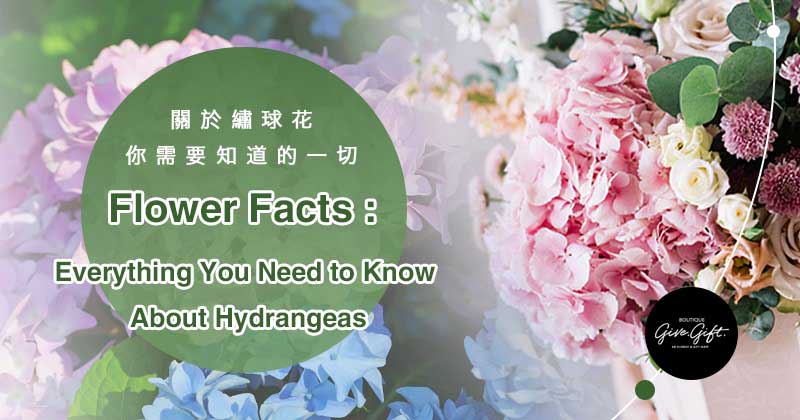

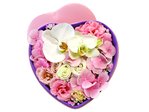
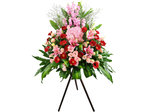

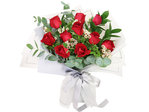

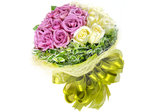



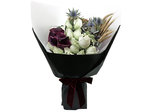
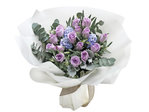
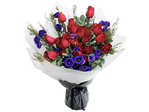
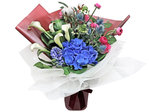
 Share
Share Tweet
Tweet +1
+1  Pin it
Pin it Post
Post  Weibo
Weibo Review
Review

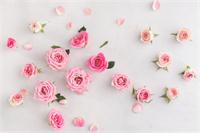
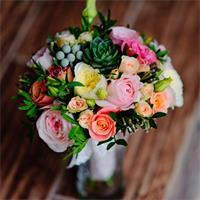
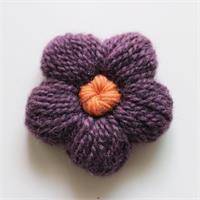
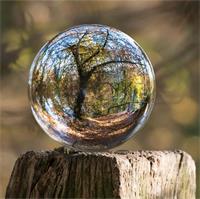

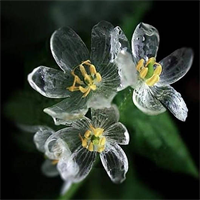
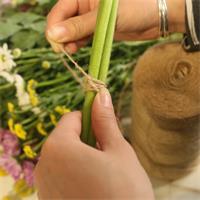
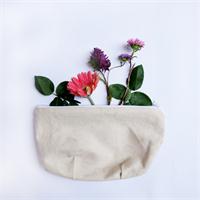



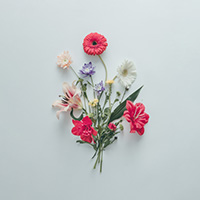
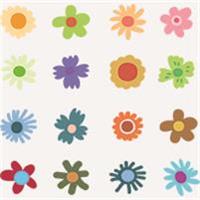
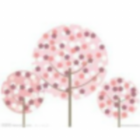



 Grand Opening
Grand Opening  Diwali Gifts
Diwali Gifts 
 ▶
▶